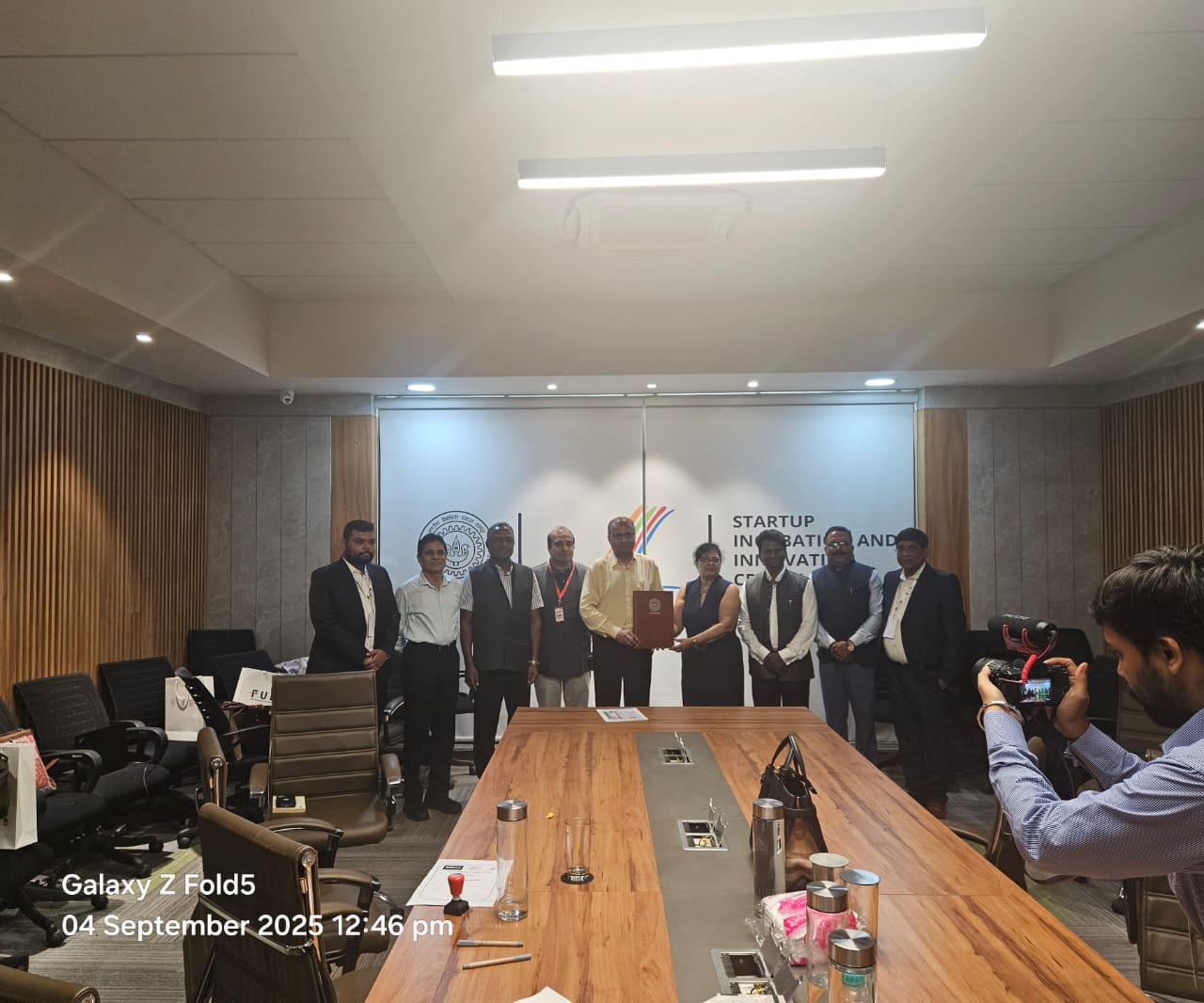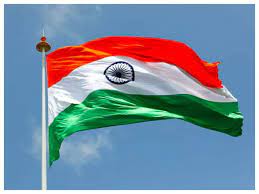As the economic figures make a huge turn for the better, it is evident that the Indian economy is gaining momentum. The credit goes to the policies of the government that had a vision to combine the global with the local.
Leaders don’t create followers…they create more leaders.
—Tom Peters
In what can be called the biggest endorsement of Modinomics, last week, India became the world’s sixth largest economy as its GDP, which stood at $2.597 trillion, surpassed that of France that stood at $2.582. More good news poured in the form of India’s 57th ranking in the Global Innovation Index in a poll covering more than 125 countries across 81 parameters — a massive improvement from the 76th rank in 2013-14. Meanwhile, the BSE-30 Sensex hit a lifetime high last week while the Nifty reclaimed the 11,000 mark, reflecting the overall mood of business optimism and investor confidence. Also, Reliance Industries became the second listed Indian company after TCS to join the $100 billion club in terms of market capitalisation.
The big turnaround in corporate India’s fortunes was best amplified by the June 2018 quarterly results of IT behemoth, TCS, which saw a stellar 23 per cent jump in its net profit driven by a 16 per cent jump in total income and a massive 44 per cent rise in digital revenues. CRISIL said that with a projected revenue growth of 12.8 per cent in the June 2018 quarter, India Inc is expected to see its best-ever quarter in the last three years in terms of top line performance.
The bigger news though is that India is poised to surpass the UK to become the fifth largest global economic powerhouse in 2019 which is a far cry from 2009 when India, which was the ninth largest economy then in terms of nominal GDP, rapidly slid to the 10th rank between 2010 and 2013.
The validation for Modinomics also came from ‘World Poverty Clock’ that said that 44 people are being pulled out of poverty in India every minute and a large part of the credit for this goes to the Jan Dhan, Aadhaar mobile trinity that sees more than seven billion dollars being credited directly into the bank accounts of the beneficiaries every year sans leakages.
No wonder that the rate of poverty reduction under the Modi Government in the last four years has been faster than what it was between 2004-2014 under the Congress regime. Modi baiters would do well to know that India’s entry into the top six world economies of the world has happened despite a global order that is increasingly becoming stridently xenophobic. What with Trump threatening China with fresh $200 billion worth of tariffs, even as the NATO meeting took place last week between Trump and Germany’s Angela Merkel that ended on a bitter note, with the US accusing Germany of favouring Russia and not making enough defence purchases from America.
Festering political worries in Italy and Spain, problems between Merkel and her allies, the Alternative for Germany and Christian Social Union over entry of immigrants via the porous border Germany shares with Austria and Boris Johnson’s tumultuous exit from the Theresa May led-Government amidst a rocky route to ‘Brexit’ have all led to heightened global tensions with trade and currency wars taking centre-stage.
India, which recently signed 11 Agreements with South Korea to double its bilateral trade to $50 billion by 2030, stands out as an oasis of political stability with the BJP-led coalition firmly in the saddle. Coming back to the economy, as if geopolitical tensions were not enough, many emerging markets, including in India which imports 80 per cent of its crude requirements, bore the brunt of crude oil prices going up all the way to $80 per barrel in May-June this year from $48 per barrel in June 2017 though prices cooled off from the recent highs by 6.4 per cent roughly last week.
Despite crude prices moving up from a low of $28 per barrel in 2016, India’s current account deficit (CAD) was a mere 0.6 per cent in 2016-17. And even in 2017-18, it was just 1.9 per cent of the GDP. In 2018-19, if crude prices remain elevated, CAD may be closer to 2.2 per cent of the GDP, which is still a huge achievement from 2012-13 when CAD touched a scary 4.8 per cent of GDP under the UPA regime.
The Rupee, that gained over four per cent in 2017, has had a rough ride this year but even if it were to slide to say to 70 or 72, it will not necessarily mean bad news as it would still be relatively overvalued in purchasing power parity (PPP) terms at those levels. Again, do note that in a bid to push exports, China is willfully allowing the Yuan to depreciate with offshore Yuan hitting an 11 month low last week. Ditto for the Japanese Yen which hit a six month low to 112.17 versus the Dollar last week. Even the mighty Euro which was hitting new highs versus the Dollar last year is struggling today to stay at 1.16 to a Dollar.
The moot point to be noted here is that 2018 will largely be a year of competitive devaluation amidst rising global protectionism and Rupee weakness is not India-specific. In fact, a relatively weaker Rupee, if anything, may be a pragmatic way to manage the balance of payments. Speaking of Modinomics, retail inflation last week inched to five per cent for June 2018 but this was largely driven by fuel inflation at 7.14 per cent versus 5.8 per cent in May 2018.
What came as a huge respite for the aam aadmi though is the fact that food inflation actually came down to 2.9 per cent in June from 3.1 per cent in May 2018. Also, as per the Reserve Bank of India (RBI) guidance, inflation should average 4.4 per cent in the second half of this fiscal once the kharif harvest comes into the market. Most importantly, a five per cent inflation for an economy that grew at 7.7 per cent in the March 2018 quarter is absolutely fine as India is comfortably poised to track a nominal GDP growth of anywhere between 11-14 per cent. The other number that made headlines last week was the Index of Industrial Production (IIP) figure for May 2018 which came in at 3.2 per cent. The soft IIP print should see a big improvement in June 2018 because the Nikkei Manufacturing PMI, which is a lead indicator, hit a six-month high at 53.1 in June 2018 from 51.2 in May 2018 on the back of higher output and new orders. So did the Services PMI for June 2018, that rose to 52.6 from 49.6 in May 2018.
Again, what will boost IIP is also massive infrastructure boost, given that of the 16,400 odd kilometres of national highways proposed to be built this fiscal, work orders for roughly 6,300 kms have already been awarded. Last fiscal, close to 10,000 kms of national highways were built at the rate of 27kms per day, the fastest pace ever in post-Independent India. The aim is to touch 40 kms a day soon.
In fact, if the June PMI numbers are anything to go by, IIP in June 2018 could well surpass six per cent or more, given that manufacturing has 77.63 per cent weightage in IIP. Interestingly, areas that stood out even in the tepid May IIP print were primary goods and mining which grew by a robust 5.7 per cent each, electricity generation rose by a healthy 4.2 per cent and capital goods grew by a solid 7.6 per cent.
It is said that the auto sector is in many ways a leading indicator of the economic momentum. By that logic, Modinomics has a lot to cheer about —with passenger vehicle sales growing by a whopping 37.54 per cent in June 2018 — the fastest monthly growth in nearly 10 years. Sale of utility vehicles grew by a chest-thumping 47.1 per cent. According to Society of Indian Automobile Manufacturers (SIAM), total 2-wheeler sales in June rose by 22.2 per cent and motorcycle sales by a sound 24.42 per cent, in yet another endorsement of how purchasing power in rural India is alive and kicking, given that over 40 per cent of 2-wheeler sales come from rural areas.
Cargo traffic up by four per cent at major Indian ports in the June 2018 quarter, double-digit air traffic growth for 43 months in a row; with May 2018 growth at 28 per cent, bank credit growth up by a resounding 12.84 per cent in June 2018, driven by retail lending growth of over 16per cent; housing sales up by 23 per cent in NCR and; equity mutual fund inflows driven largely by retail investors from Tier-2 towns, going up by a healthy 15 per cent at Rs 33,000 crore in April-June 2018 quarter, are a ringing endorsement of how Modinomics percolated to virtually every segment of the “pyramid”. Finally, Samsung Electronics set up the world’s largest mobile manufacturing unit in Noida. Spread over 35 acres with a capacity to create 15,000 jobs and manufacture 12 crore handsets annually, the Noida unit is set to become an export hub for Europe, the Middle East, and Africa. It is the essence of Modi’s ‘Make In India. After all, in the final analysis, Modinomics is an idea that transcend borders with a vision that marries the global with the homegrown.
(The writer is an economist and chief spokesperson for BJP, Mumbai)
Writer: Sanju Verma
Courtesy: The Pioneer








 OpinionExpress.In
OpinionExpress.In















Comments (0)